“One hour, okay?” He looked at me skeptically. “Then you have to come back to me. We have places to go!”
“One hour – got it!” Wow, even time travel has restrictions. I turned on the machine and within a minute I was back in 1940 and walking the streets of Philadelphia. I didn’t have much time, but fortunately I had a good idea of where to go. I was a bit nauseated at first, but my focus became clearer and I could see where I was – Thompson Street. I needed to turn down Venango Street to get to Mercer Street, my first destination.
The weather in Philadelphia on April 4, 1940 was warmer than the previous day – nearly 63 degrees and dry. People were going about their daily business and the streets were not deserted – people were out walking. Cars were few. I could hear faint sounds of Big Band music coming from a house fortunate enough to own a radio. The music was great, but I also love the fashions of the 1940’s – there’s a guy in a suit and a fedora walking down the street. I look great dressed up in a skirt, blouse, and pumps – and only in 1940 could I get away with wearing a hat!
I quickly found Mercer Street. I knew the real census enumerator had been there the day before; I was just an interloper. I hoped my plan would work to avoid any suspicion as to who I really was. I tried to look official and get to know the neighbors on my way to almost the center of the block – 3553 Mercer Street. As I passed by #3505, a young girl came out carrying an even younger girl. Were they sisters? I heard the older say, “Come on, Peanut, I’ll get you home.” Oh my, I thought, that’s Rita Mroz and – no way! Rita lived with her 3 sisters, 2 brothers, and Polish-born parents, but the little “Peanut” she was carrying was definitely not her sister. In fact, she was heading right towards my destination! I watched while Rita safely delivered the young girl back home.
There it is! 3553 Mercer Street. A 7-year-old girl sat on the front step, looking quite unhappy that her younger sister arrived back home.
Wow, this is too much! If I could only tell Aunt Joan about this, she would laugh so hard! “Hi!” I said, “I love your curly hair.”
“I’m not allowed to talk to strangers,” replied the girl. And with that, she ran inside.
I knocked, and a handsome man came to the door. I was momentarily stunned, but I quickly recovered. “I work for the Government,” I stammered. Well, at least that’s not a lie. I explained that although the census enumerator had been there the day before, I was a supervisor performing a spot-check to ensure that the responses were recorded properly.
“Sure,” said the man, “come on in.”
As I sat down, I tried to look around without looking like I was casing the house for a future robbery. I could smell something wonderful – Oh my God, it’s Nan’s chicken soup! I silently wondered how I could ingratiate myself to the point of being invited for dinner. I heard a female voice call out from the kitchen, “Henush, who is it? Whoever it is, we don’t want any.” I thought, Hi, Nan! If she only knew…

The Pater Family, circa 1937
Her husband yelled an explanation back and I saw her take a peek from the kitchen. She looked so young! And pretty!
“Now, let’s see,” I said. I acted professionally and began asking all of the enumerator’s questions. “Name?”
“Henry Pater.” Boy, I thought, Mom was right about those grey eyes! He’s so much more handsome than any photo I ever saw.
“Age?”
“Twenty-eight.” Wow, kudos for telling the truth, Grandpop. Once we got to the same question for his wife, Mae, I heard her yell, “Twenty-seven!” He looked over his shoulder and whispered, “I told the enumerator yesterday 31, but she’s really 32. Just don’t tell I told you!”
I learned about 7-year-old Joan and 4-year-old Anita, the “peanut” I saw earlier. Upon hearing her name, she appeared and hid behind her father’s leg. “This is Anita,” he said, “but I like to call her Chick!” Anita giggled.
Finally, Henry told me his father-in-law, Joseph Zawodny, also lived there. Henry told me that Joseph was married. I didn’t need to ask where his wife was – I knew she was in a mental hospital. I would visit her on another trip back to the past. Where are you, I thought. As if he heard me, I saw an older man peer out of the kitchen and ask Henry something in Polish. If only I could answer back or get the chance to talk to him! There is so much I want to know, and I’d like to know him so much.
I knew my time was running out. Reluctantly, I thanked the Pater family and took my leave, waving bye to little Anita on my way out. I’m off to see your future husband now.
How do I get from the Port Richmond neighborhood to Northern Liberties fast? Sometimes future technology has its advantages, and I found my way more quickly than I thought possible. Suddenly I was walking along Germantown Avenue. I couldn’t go up and down every street with my limited time – when I saw the meat packing plant on the corner of 3rd and Thompson, I knew I was in the right place. The census-taker wouldn’t walk these streets for two more days, but fortunately my destination was right on the corner so I didn’t have to fake my way through several houses.
Right on the corner at 1300 Germantown Avenue, I spotted a young boy sitting on the front step. I was stunned and forgot where I was. “Nick?” I asked.

The Pointkouski Family, circa 1938-9
The curly-haired boy looked up at me and smiled. “No, I’m Jimmy and I’m 5. I’ll be 6 this summer,” he said proudly, blue eyes sparkling.
“Oh,” I said, “it’s nice to meet you, Jimmy! I have a nephew named Nick – he’s 4 going on 5 this summer and he sure looks a lot like you!”
Suddenly a woman came to the door and she didn’t look happy that I was talking to her son. After I explained about the census, she invited me in and once again I tried to look around the home’s interior. This house rented for $5 more than my last stop, and I wanted to see if it was worth the extra money. I also couldn’t stop looking at the woman, Margaret Pointkouski. As I took down the information she provided, I questioned the spelling. “That’s with a U, not a W?” I asked.
“Yes,” she replied, “that’s right.”
Margaret looked so – what was the word? Young! She was 28 years old – well, that’s what she told me, but I knew her 28th birthday would actually be the following week! Just then the door opened and a young man entered. “Well, hello!” he said as he tipped his hat and leaned over to kiss Margaret.
Just as with Henry, the 29-year-old James looked so much more handsome than any photos I had ever seen. I couldn’t help but smile back. When he heard who I was, or at least who I was pretending to be, he commented that he didn’t know there were “lady census takers”.
At that, Margaret rolled her eyes, “Oh, Pop!”
I said, “They thought some people might answer more questions from a woman.”
“Sure,” the elder Jimmy said, “I’ll tell you anything!” He added, “I hope you get all of your info recorded.”
“Oh, I will,” I assured him. Just maybe not today.
The Pointkouski household was small with only the couple and their young son, Jimmy. I was bursting to tell Margaret that she would get pregnant late the following year and have a daughter, but I knew it wasn’t my place to speak of such things.
I asked my questions – not the ones I wanted to ask; I could not ask those questions. Like where are your siblings living right now? I hadn’t visited them yet. Oh, there were so many questions I could not ask. But I asked the “official” questions and I was very happy to hear the answers. All I kept thinking was: this is so cool!
I said my good-byes to 1940 and powered down the machine. Suddenly my boyfriend appeared, “Time’s up – let’s go out to eat. Did you find everyone you were looking for?”
“Not everyone, but it’s a start. They’ll all still be there when I go back.”
###
[Written for the 117th edition of the Carnival of Genealogy: 1940!]
I actually wrote this the night before the carnival topic was announced. I’ve told a few stories on this blog, but I never presented factual information in such a fictional way. Technically, I’d call this creative non-fiction. To me, talking about finding a genealogical record (on my “machine”, aka my laptop) can sound a little boring, at least to non-genealogists. But how could a science fiction lover like myself resist seeing that search for the record as time travel! The idea took hold and would not let go. Face it – bringing up those images, walking through the neighborhoods, reading all about the families – it is the closest thing we can get to time travel!
The Census facts came from the actual 1940 Census (source citations upon request, I used Ancestry to access). I saw the path the enumerator took and learned about the neighborhood layout from a combination of current maps and a 1942 map of Philadelphia courtesy of the Greater Philadelphia GeoHistory Network. What was the weather like on those April days in 1940? Well, I learned about temperature and precipitation totals from The Franklin Institute! I knew about fashion from the movies and my parents. I have an idea what the characters looked like from photographs. As for the personalities of the individuals – everything I know, I learned from my parents. Of my grandparents, I knew my maternal grandmother the best. Second would be my paternal grandmother, with my paternal grandfather third. Least of all, I knew, or rather didn’t really know, my maternal grandfather – he died when I was five years old and I only met him a few times. I’m glad I could get to know them all in the 1940 Census!
 Best Picture
Best Picture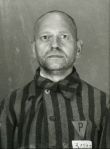 The story of my great-grandfather’s cousin in His Name was Józef Pater wins the award for Best Screenplay. And what a screenplay it would make! It’s the story of a decorated war hero who became a leader in the Polish Underground to fight the atrocities of the Nazi regime. Captured by the Nazis, he is given the opportunity to escape but passes to prevent repercussions for his imprisoned wife. Transferred to Auschwitz, Józef died as a political prisoner and his story was forgotten by his extended family – until now.
The story of my great-grandfather’s cousin in His Name was Józef Pater wins the award for Best Screenplay. And what a screenplay it would make! It’s the story of a decorated war hero who became a leader in the Polish Underground to fight the atrocities of the Nazi regime. Captured by the Nazis, he is given the opportunity to escape but passes to prevent repercussions for his imprisoned wife. Transferred to Auschwitz, Józef died as a political prisoner and his story was forgotten by his extended family – until now.


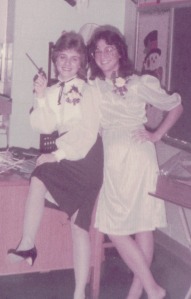
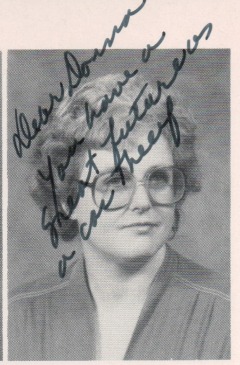
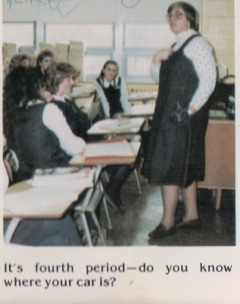
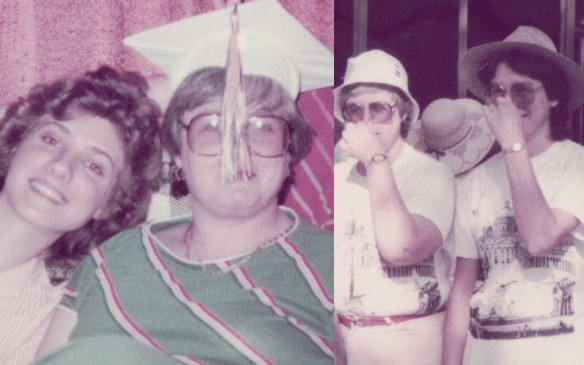

 A recurring theme on this site is my desire to find photographs of my ancestors because I have so few. I even entitled one post about Elizabeth “
A recurring theme on this site is my desire to find photographs of my ancestors because I have so few. I even entitled one post about Elizabeth “








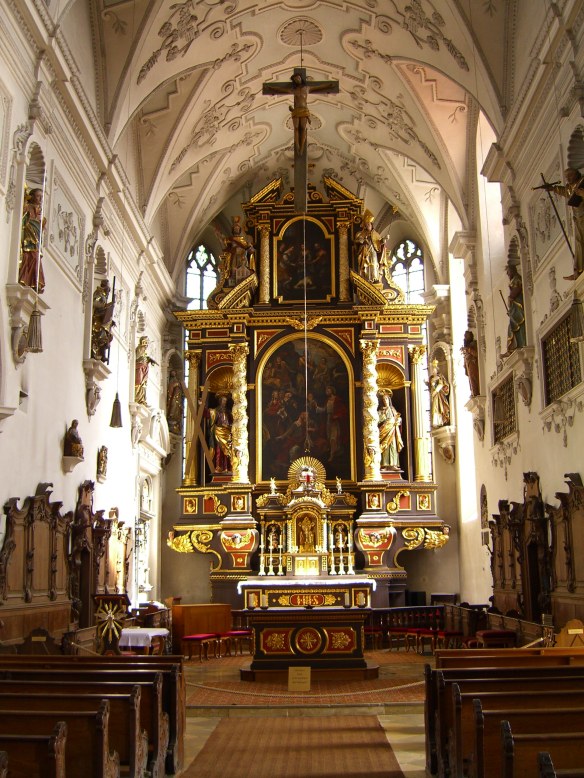

 But there is another category of Mom’s cooking that is even more memorable than the everyday favorites she made – her one-hit wonders. While not using recipes is great for creativity, it sometimes makes it difficult to repeat a good thing exactly the same way. She might make the dish again, but sometimes it didn’t taste quite as good as the first time. Three one-hit wonders stand out in my memory as those special creations whose exact recipes were never to be duplicated again.
But there is another category of Mom’s cooking that is even more memorable than the everyday favorites she made – her one-hit wonders. While not using recipes is great for creativity, it sometimes makes it difficult to repeat a good thing exactly the same way. She might make the dish again, but sometimes it didn’t taste quite as good as the first time. Three one-hit wonders stand out in my memory as those special creations whose exact recipes were never to be duplicated again.

 The story of my grandaunt,
The story of my grandaunt, 


 I’d like to thank the Academy for these awards, all of the great “reviews” from the critics, my adoring fans (see photo to the left), and our iGENE hostess with the mostess,
I’d like to thank the Academy for these awards, all of the great “reviews” from the critics, my adoring fans (see photo to the left), and our iGENE hostess with the mostess, 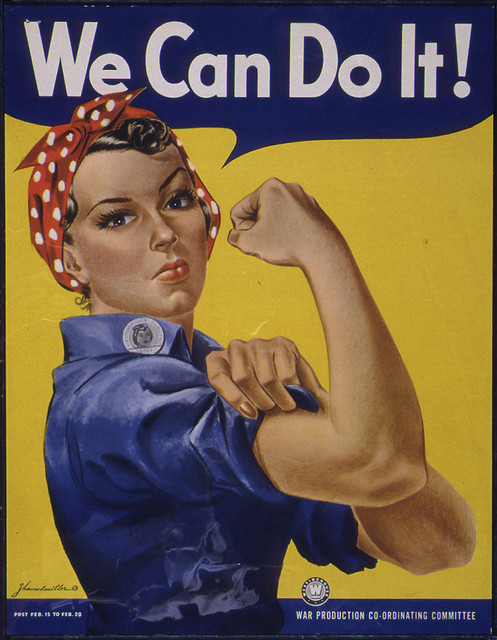



















 My blogging adventure called What’s Past is Prologue began on January 6, 2008. But I had been reading genealogy blogs for several months prior to beginning my own. The one aspect of genealogy blogs that I really enjoyed reading the most was the Carnival of Genealogy. Twice a month bloggers would take on the challenge of writing around a theme – and it always amazed me that each article was somehow different and new despite the common topic. And I simply adored the way the COG hostess with the mostess, Jasia, pulled it all together in a charming and fun way. This is so much fun, I have to try this…thus my blog was born. After all, one needed to have a blog to participate in the COG!
My blogging adventure called What’s Past is Prologue began on January 6, 2008. But I had been reading genealogy blogs for several months prior to beginning my own. The one aspect of genealogy blogs that I really enjoyed reading the most was the Carnival of Genealogy. Twice a month bloggers would take on the challenge of writing around a theme – and it always amazed me that each article was somehow different and new despite the common topic. And I simply adored the way the COG hostess with the mostess, Jasia, pulled it all together in a charming and fun way. This is so much fun, I have to try this…thus my blog was born. After all, one needed to have a blog to participate in the COG!